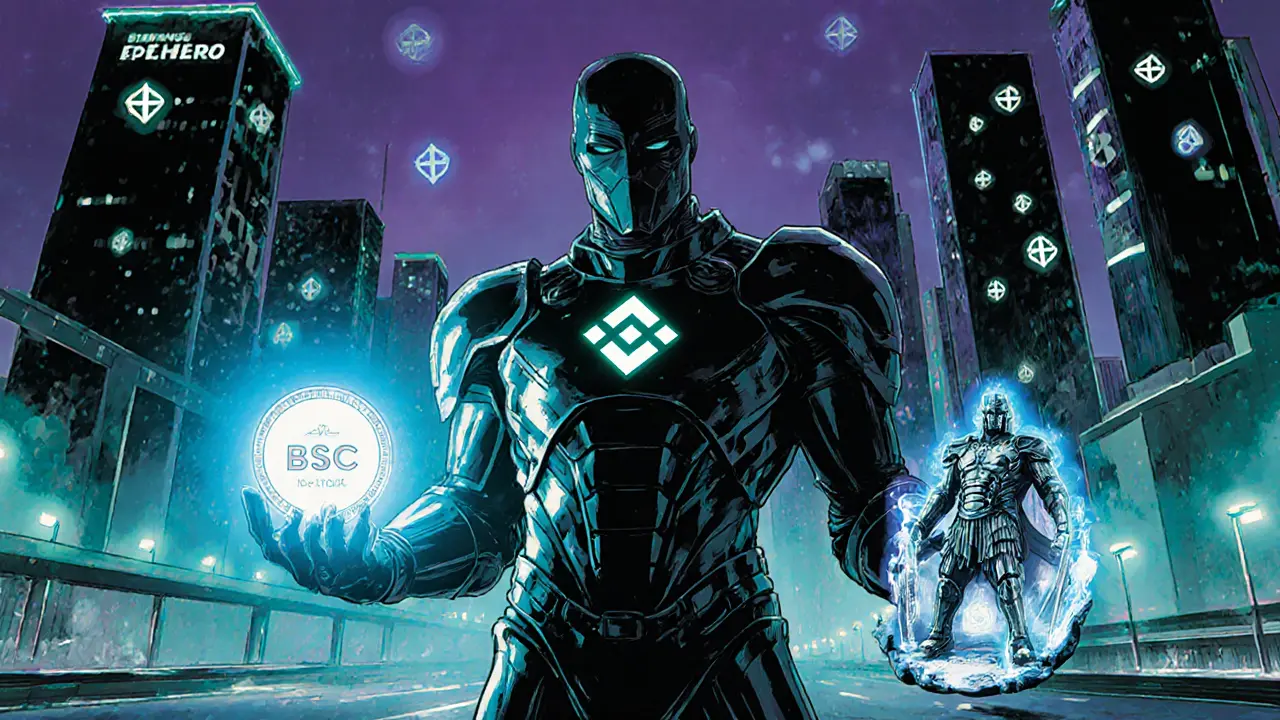3D NFT Rewards
When working with 3D NFT rewards, three‑dimensional non‑fungible token incentives that creators hand out to users. Also known as 3D NFT incentives, they blend visual depth with blockchain scarcity, letting collectors earn assets that look and feel like miniature sculptures. 3D NFT rewards encompass interactive collectibles, game‑level upgrades, and community‑driven perks, all stored on a public ledger. This mix of art and utility has sparked a wave of experiments across gaming platforms, social hubs, and token‑sale campaigns.
Core Concepts Behind 3D NFT Rewards
To understand why they matter, you first need to grasp the building blocks. A NFT, a unique digital asset recorded on a blockchain provides the provenance and ownership proof that makes any reward tamper‑proof. An airdrop, the mass distribution of tokens or NFTs to eligible wallets often serves as the delivery method, allowing projects to seed users with 3D assets without a transaction fee. Finally, the blockchain, a decentralized ledger that records every token movement ties everything together, ensuring that each 3D reward can be verified, traded, or displayed across compatible marketplaces.
These three entities interact in clear ways: the NFT defines the unique 3D object, the airdrop determines how it reaches users, and the blockchain guarantees that ownership can’t be faked. Because the reward is three‑dimensional, creators can embed richer metadata—like animation frames or AR triggers—making the incentive feel more like a mini‑game than a static badge. This extra layer of interactivity is what sets 3D NFT rewards apart from flat images.
From a practical standpoint, projects typically follow a three‑step workflow. First, they design a 3D model using tools like Blender or Maya and mint it as an NFT on a network such as Ethereum, Polygon, or Solana. Second, they set eligibility criteria—holding a specific token, completing a quest, or simply signing up for a newsletter. Third, they execute an airdrop via a smart contract that checks each wallet against the criteria and transfers the 3D NFT automatically. This pipeline lets developers launch promotions quickly while keeping costs predictable.
What makes the model attractive to users? Ownership rights, resale potential, and the wow factor of a moving, rotatable object on a screen or in a VR headset. Many collectors report higher engagement rates when the reward can be displayed in a virtual gallery or used as an avatar accessory. For game developers, 3D NFT rewards double as in‑game items that can affect gameplay, creating a direct link between on‑chain value and in‑game advantage.
Looking ahead, the space is seeing two big trends. One is the integration of Augmented Reality, where users scan a QR code and see their 3D NFT pop up on a table via a smartphone camera. The other is cross‑chain bridges that let a 3D reward minted on one network be moved to another, broadening its market reach. Both trends rely on solid smart‑contract engineering and clear tokenomics to keep the reward’s scarcity intact.
Below you’ll find a curated list of articles that break down the mechanics, showcase real‑world examples, and offer step‑by‑step guides for anyone interested in launching or claiming 3D NFT rewards.
Discover how EPICHERO's 3D NFT game rewards work, why its BNB reflections differ from traditional airdrops, and how to set up your wallet to earn automatically.

